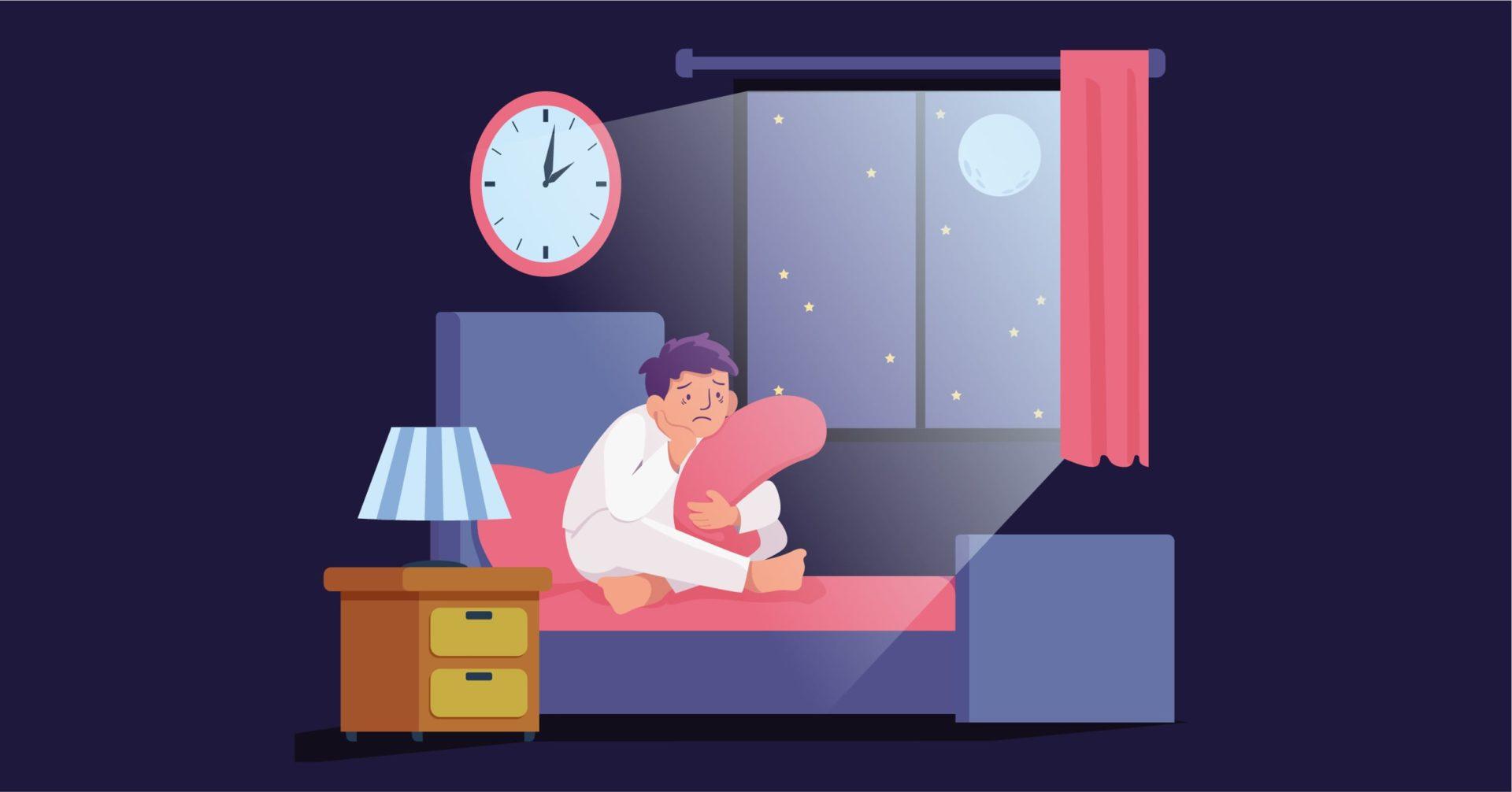Overview
Conduct Disorder is more than just bad behaviour. It is a disorder characterised by a persistent pattern of disruptive, aggressive and argumentative behaviour. They have little regard for others’ emotions, and often display a pattern of disregard for rules and regulations. Cruel behaviour towards people or animals, intentional property damage, deceitfulness, theft and serious violations of rules often beginning before 13 years of age. This disruptive pattern of behaviour causes significant impairment in the child’s home, school and community life. Constant disciplinary actions which push the child to miss school, arguments at home, running away and skipping class cause imminent damage to the academic performance as well as relationships at home.
Children with this disorder have issues with emotional regulation and emotional processing resulting from various environmental factors, as well as brain abnormalities which causes them to behave in impulsive and disruptive manner. Brain abnormalities include smaller grey matter volume in the limbic regions such as the amygdala and orbitofrontal cortex. Environmental factors include harsh parenting, poor neighborhoods, family breakdown, etc.
There are three subtypes of this disorder- childhood onset, adolescent onset and unspecified onset. The classification is based on the age at which the symptoms are first displayed. The disorder is more common among boys than girls. If not detected early, it may lead to antisocial personality disorder.
Common Signs and Symptoms
- Aggressive behaviour towards people or animals. This includes bullying, picking fights, hurting or threatening to harm someone with various objects such as bricks, guns, knives, blades, etc. Forcing someone into sexual activity may also be seen among teenagers with Conduct Disorder.
- Destruction of property. This includes behaviors such as setting things on fire, vandalising objects, smashing glass, breaking objects. Objects may be their own or others such as objects of school property, objects of public property, etc.
- Lying for personal gain, stealing objects from shops or people, breaking into houses or cars are common behaviours.
- Disregard and serious violations for rules and regulations. This may be seen as running away from home, skipping class, staying out late at night. These behaviours are often seen before 13 years of age.
- Engaging in risky sexual behaviour, trouble with the police are often seen among teenagers.
- Children may show indifference towards others feelings and display a lack of remorse or guilt over their behaviour.
- may not care about their academic performance nor do they put in any effort to improve performance. They often blame others for their lack of performance.
- Manipulative behaviour to get one’s way, shallow affect displayed through disregard, can turn emotions on and off easily.
All these behaviours highly impact their educational performance, end up in legal problems and struggle with relationships.
Conduct Disorder can have mental & physical implications.
Assess yourself today.
Risk factors
Genetic heritability, brain abnormalities as well as environmental factors influence the development and onset of Conduct Disorder. Earlier adoptive studies show a higher percentage of Conduct Disorder stemming from biological predisposition which might trigger symptoms when children are placed in hostile adoptive homes. It is also seen occurring in children whose biological parents suffer from schizophrenia, bipolar disorders, ADHD or severe alcohol use disorder.
Among other features, slowed heart rate, reduced autonomic fear conditioning, low skin conductance are also documented in certain studies. Structural differences in brain anatomy inclusive of smaller volume of amygdala and orbitofrontal cortex are also noted. Lower IQ, reduced executive functioning, uncontrolled infant temperament are also associated with Conduct Disorder.
Environmental factors such as hostile home environment, abusive and neglectful parenting, physical and sexual abuse, parental criminality, parental substance abuse, lack of supervision are all associated risk factors of Conduct Disorder. Community influences such as peer rejection, delinquent peer groups and neighborhood exposure to violence are also associated with the development of Conduct Disorder.
Diagnosis
A psychologist often diagnoses children with Conduct Disorder. Repeated failed attempts by the school authorities and primary caregivers are often the precursors to the diagnosis. The psychologist often checks records, speaks to teachers, parents and uses various checklists and diagnostic tools for the diagnosis.
To be diagnosed the following criteria must be met:
- Aggressive behaviour towards people and animals: bullied, threatened or intimidated others; initiated physical fights, used harmful weapons or threatened to use harmful weapons on others or animals; physical cruelty towards people or animals; forced someone into sexual activity.
- Destruction of property: vandalised property or set things on fire, broken things.
- Deceitfulness or Theft: broken into someone’s house or car, lies to others, stolen objects,etc.
- Serious Violation of rules: stays out late at night, has run away at least twice, truant at school (before 13)
Psychologists are to note the impairment caused by this kind of behaviour. They are to mention the severity in terms of mild, moderate and severe based on the number of symptoms. Subtypes are also to be specified.
Treatment
The treatment options for Conduct Disorder mostly include psychosocial interventions. Pharmacotherapy options are limited. Medication is often prescribed when Conduct Disorder is comorbid with Attention Deficit Hyperactivity Disorder (ADHD). Mood stabilisers may be administered. Risperidone treatment has shown some effectiveness in the treatment of anger management among youths with Conduct Disorder. Psychosocial interventions target skill building and emotional regulation in children. Parent management training with focus on implementing discipline and rewarding positive behaviours and promoting prosocial behaviours in children can be helpful. Individual therapy which focuses on anger management, problem solving skills and strengthening relationships is known to help in the management of Conduct Disorder. Community efforts to incorporate residential treatment centres and therapeutic schools may also be helpful.
Differential Diagnosis
1. Oppositional defiant disorder: Conduct disorder and oppositional defiant disorder are both related to symptoms that bring the individual in conflict with adults and other authority figures. The behaviors of oppositional defiant disorder are less severe than those of individuals with conduct disorder. They do not include aggression toward individuals or animals, destruction of property, or a pattern of theft or deceit. Oppositional defiant disorder also includes problems of emotional dysregulation that are not included in conduct disorder.
2. Attention-deficit/hyperactivity disorder: Children with ADHD often exhibit hyperactive and impulsive behavior. However, their behaviour does not defy any norms and hence does not fit into the criteria of conduct disorder.
3. Depressive and bipolar disorders: Irritability, aggression, and conduct problems can occur in children or adolescents with a major depressive disorder, a bipolar disorder, or disruptive mood dysregulation disorder. Persons with conduct disorder will display aggressive or non-aggressive conduct problems during periods in which there is no mood disturbance, either historically or concurrently. In those cases if criteria for conduct disorder and a mood disorder are met, both diagnoses can be given.
4. Intermittent explosive disorder: Both conduct disorder and intermittent explosive disorder involve aggression. However, the aggression in individuals with intermittent explosive disorder is limited to impulsive aggression. Also, the definition of intermittent explosive disorder does not include the nonaggressive symptoms of conduct disorder. If criteria for both disorders are met, the diagnosis of intermittent explosive disorder should be given only when the consistent aggressive episodes attract separate attention.
5. Adjustment disorders: The diagnosis of an adjustment disorder should be considered if significant conduct problems that do not meet the criteria for another specific disorder develop due to psychosocial stressors and do not pacify within 6 months of the elimination of the stressor. Conduct disorder is diagnosed only when the conduct problems are repetitive and cause impairment in social, academic, or occupational functioning.
Comorbidity
Conduct disorder is often comorbid with ADHD, oppositional defiant disorder, antisocial personality disorder on the basis of behavior patterns. Conversion disorder is also seen paired with specific learning disorder,anxiety disorders, depressive or bipolar disorders and substance-related disorders.
Specialist
A child psychologist, school counsellor and a psychiatrist may help in the treatment of Conduct Disorder.
In Conclusion
Conduct Disorder can happen at any age but its roots can be found in childhood. It is important to curb the symptoms at an early stage so as to avoid severe behavioral patterns in adulthood. Personalized therapy and behavioral enhancements through therapy can help in minimizing the symptoms.
Children with conduct disorders typically need long-term treatment since it takes time to create new attitudes and behavioral patterns. Early intervention, however, may lessen the intensity of harmful behaviors or delay the onset of the disease.
Consult a professional and prevent Conduct Disorder from developing into an anti-social personality disorder.
Book your session with our experts today.





